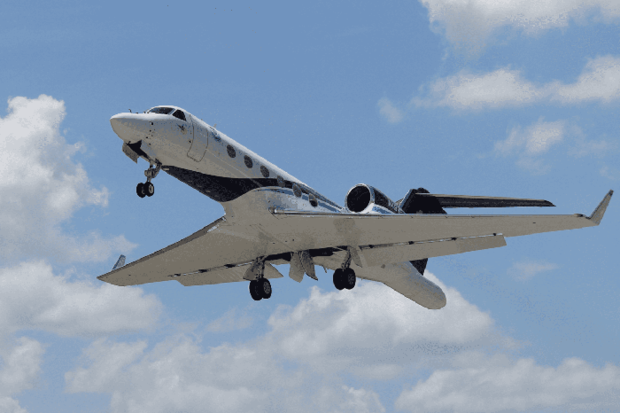Innovative flight patterns boost hurricane forecast accuracy, NOAA study finds

NOAA has long used aircraft to monitor hurricanes. Credit: NOAA
In a groundbreaking new study, National Oceanic and Atmospheric Administration (NOAA) scientists unveiled a significant advancement in hurricane tracking and forecasting. The study, named “The G-IV Inner Circumnavigation: A Story of Successful Organic Interactions Between Research and Operations at NOAA,” discusses how scientists across NOAA are improving hurricane forecasts through the effective use of NOAA Hurricane Hunter aircraft.
Traditionally, NOAA has utilized the NOAA Gulfstream-IV (G-IV) Hurricane Hunter jet to collect data from around hurricanes, aiming to better understand their structure and predict their movements. In 2018, researchers at NOAA introduced a key change: implementing a second flight path closer to the hurricane’s center. This inventive approach was based on the belief that closer observations could provide more detailed insights into the storm’s behavior, potentially enhancing forecast accuracy.
The G-IV jet, equipped with dropsondes – instruments that measure various atmospheric parameters as they descend by parachute – now flies two rings around hurricanes. The inner ring allows scientists to gather data closer to the storm’s core, a method previously suggested by preliminary experiments to improve track forecasts.